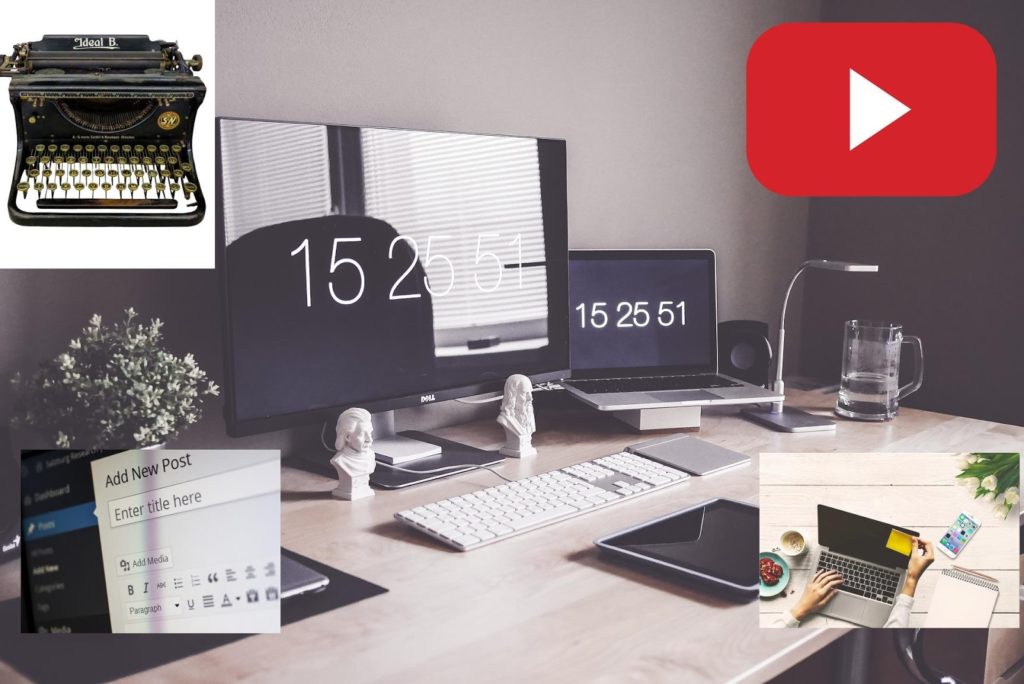Life
2 of the Best Techniques I’ve Ever Used to Remember My Top Priorities

Everyone starts out with the best of intentions. Yet, how often do we forget to focus on our priorities? The answer is that even top performers can have their focus yanked away. The good news is that there are some quick tricks anyone can use to stop forgetting their priorities.
The Priority Pyramid Exercise
We all know that top performers are practically addicted to meditation. But did you know that you can use meditation to remember your top priorities better? Here’s how:
- Of all the things you need to get done, pick just three. Ideally, these will be truly deserving of attention.
- While seated or performing a walking meditation, arrange these priorities mentally in the form of a pyramid.
- Mentally rotate them in your mind to “test” the level of priority
For example, let’s say your three priorities have been boiled down to writing for an hour, making some business outreach calls and publishing a new video. You would mentally rotate these priorities and ask each time a task reached the top position if it really needs to be done first.
This exercise relates to what scientists call cognitive switching, and it has been shown to improve critical thinking skills. The best part? If you practice this consistently over 90-days, it will likely become a permanent habit. You won’t have to remember to do it because you’ll be positively addicted to the exercise.
As a result, you’ll be trained to focus on testing your priorities frequently. We know just how powerful testing can be for improving results, so enjoy the renewed success this practice brings.
“The first step to success is knowing your priorities.” – Aspesh
The To-Do List Memory Palace
Of course, all priorities come with a list of individual steps to complete. To help make it easy and fun, I suggest an ancient memory technique called the Memory Palace. Simply put, to use this mnemonic device, you take any room you’re familiar with and bring it to your imagination.
It can be any room you choose. In fact, it doesn’t have to be a whole room. You can easily just use the desk in your home office. Once you’ve chosen something, you place associations in this room that help you remember the things you need to do.
Let’s say that you decide your top priority is to publish a new video. The steps are:
- Record the video and upload to YouTube
- Add title and tags
- Write description
- Add to your blog and press publish
To remember these steps, you could just jot them down. But that robs you of some beneficial memory exercise. Plus, it won’t help you train your procedural memory to improve so you keep taking consistent action, almost on autopilot. This technique has also been proven to increase focus and concentration, so using it is a win-win.
For that reason, I highly recommend placing associations in a Memory Palace around your work space. Like this:

In this example, I’ve used the walls and corners of the desk to attach some associations.
- The YouTube logo floating on the corner makes it easy to remember shooting and uploading the video
- The image of adding a sticky note to a computer screen helps recall adding a title and tags
- A typewriter on another part of the wall helps trigger the need to write a description
- An image of the WordPress interface helps with remembering the final publishing step
To make these associations memorable, you want to exaggerate them a little. It can also help to have them interact with each other. For example, the YouTube logo can be beating like a heart and expressing love for the sticky notes. The typewriter can have its keys falling off and clattering onto the WordPress screen.
By elaborating the images in this way, you form a chain between the associations that makes each part even more memorable. This is essentially how people have been using the Memory Palace technique for thousands of years. Now you know how to do it for crushing your goals too.
Obviously, this technique works for both simple and complex, multi-step tasks. The trick is to get started and practice it consistently enough so that you can develop habits of memory and associate those new skills with taking action.
“If it’s a priority you’ll find a way. If it isn’t, you’ll find an excuse.” – Jim Rohn
Combining Skills of Implementation Over the Long Term
Nothing happens overnight, and many people are not used to operating their minds as I’ve just suggested. It’s normal to be rusty when using exercises and processes like these. To help loosen up, I suggest keeping a journal for the first 90-days. That way you aren’t juggling everything in your mind. You can also use the journal to draw your Memory Palace as a simple square. This helps develop more advanced abilities with spatial memory.
There’s no cookie-cutter advice on how exactly to keep a journal, so it’s best to experiment. That way you’re also giving yourself the gift of exploring something new and discovering exactly what approaches work best for you. This form of self-optimization is always deeply personal, even if the brain science behind it is fundamentally the same for everyone.
Finally, consider using these skills as a marathon, not a race. Before you know it, you’ll realize that you’ve developed incredible endurance. You’ll be glad that you trained your imagination and memory to help you with consistency along the way.
Life
Imposter Syndrome Is Rooted in Your Past But Here’s How You Can Rewire It
Imposter syndrome is most prevalent in highly successful women

Imposter syndrome is “the persistent inability to believe that one’s success is deserved or has been legitimately achieved as a result of one’s own efforts or skills.” (more…)
Life
The Surprising Mental Health Tool You Probably Haven’t Tried
Through journaling, I arrived at a more balanced perspective, it reinstated my sense of gratitude and led me to accept my disability

In two particularly difficult times in my adult life, my journaling practice is helping me heal emotionally. It has been a vital tool for helping me see the bigger picture and land in a place of gratitude. (more…)
Life
How to Stop Comparing Yourself to Others and Find True Happiness
Comparison is the thief of joy; it robs us of our happiness, self-esteem, and peace of mind

In today’s hyperconnected world, it’s easier than ever to fall into the trap of comparing ourselves to others. Social media platforms like Instagram, Facebook, and LinkedIn constantly bombard us with curated highlights of other people’s lives, making it seem like everyone else is happier, more successful, and more fulfilled than we are. (more…)
Life
Harness the ‘Battery Effect’ to Transform Life’s Tensions into Your Greatest Strength
Recharge your life batteries by shifting your mindset today

I believe our life capacity is determined by the skillsets we develop on this spinning rock we call Earth. By “life capacity,” I mean our ability to embrace and sustain joy. (more…)
-

 Did You Know4 weeks ago
Did You Know4 weeks ago7 Surprising Life Lessons Video Games Taught Me That School Never Did
-

 Success Advice4 weeks ago
Success Advice4 weeks agoHow Playing by the Rules Became the Smartest Business Strategy
-

 Success Advice3 weeks ago
Success Advice3 weeks agoHow to Build Trust, Kill Micromanagement, and Lead a Team That Thrives
-

 Success Advice3 weeks ago
Success Advice3 weeks agoSuccess Isn’t Sexy: 5 Daily Habits That Actually Work
-

 Scale Your Business3 weeks ago
Scale Your Business3 weeks agoHow to Build a Workplace People Actually Want to Show Up To
-

 Scale Your Business3 weeks ago
Scale Your Business3 weeks agoHow Smart Entrepreneurs Cut Financial Chaos in Half with One Simple Switch
-

 Success Advice3 weeks ago
Success Advice3 weeks agoBreaking the Bias: How Females Can Thrive In The Workplace in 2025
-

 Scale Your Business3 weeks ago
Scale Your Business3 weeks agoThis Is How Successful Entrepreneurs Manage Their Time Differently


























